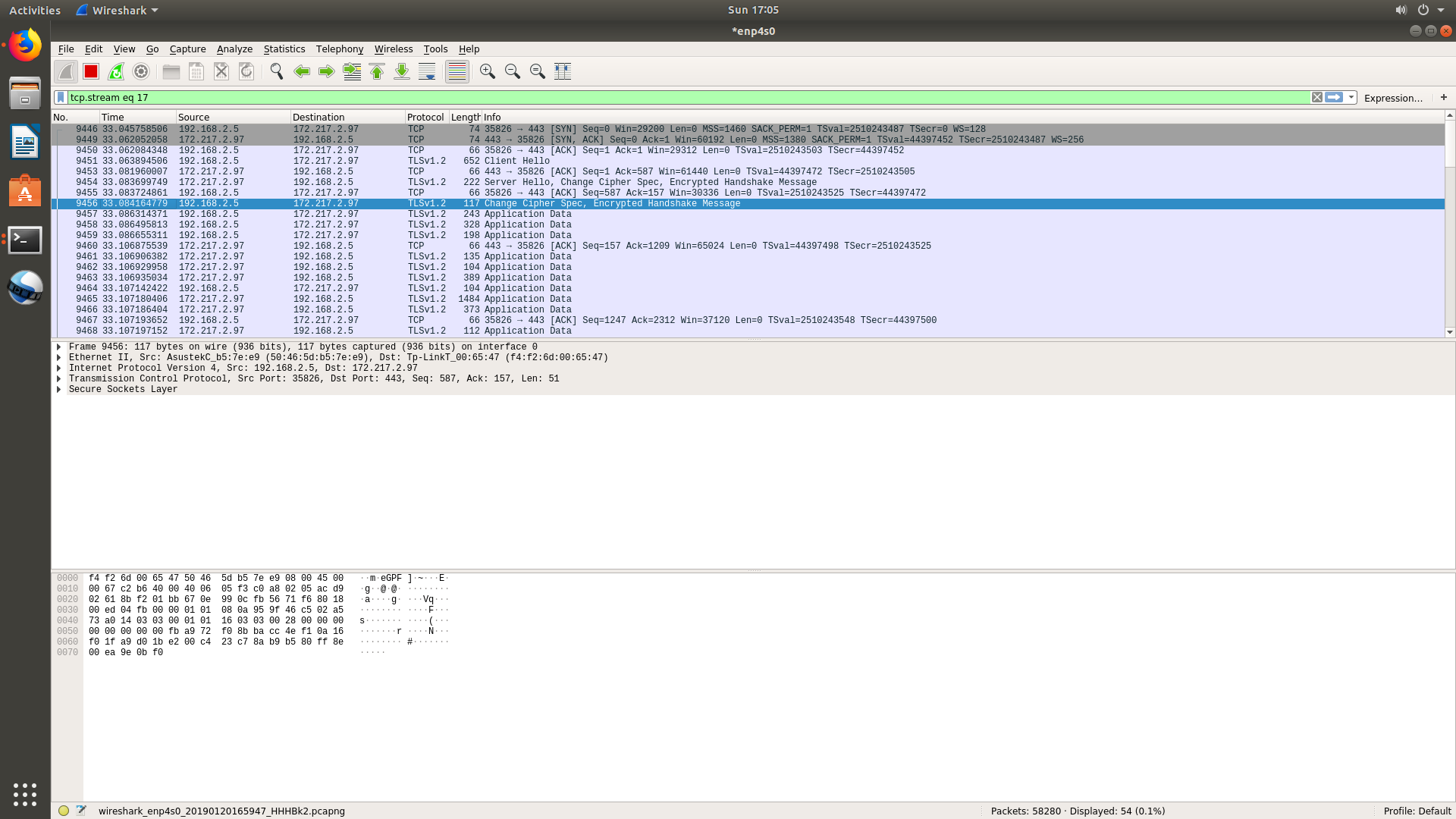Learn how to use Gunicorn, a web server for Python applications, to host Flask-based APIs. Discover how Gunicorn uses pre-forking to handle requests faster and how to customize server configurations using command line flags. Follow this step-by-step guide to set up Gunicorn with Nginx and deploy a simple Flask app. Don’t forget to check out the example config file for Gunicorn to fine-tune performance and logging settings.
Category: Uncategorised
The Intropage dashboard for cacti bring the ability to add a nice dashboard for user and admins alike You can have a dashboard setup for different audiences i.e the NOC or Support desk Panels are added based on the permissions the user has and the dashboard can be shared with other users If a
Intropage for Cacti is a nice dashboarding pluginRead More »
If you want to leverage the cacti syslog plugin to process SNMP traps you will need to use SNMPTT to translate the trap for you and then forward it over to syslog the issue with this is the syslog messeges will always look like they are coming from local host I have created a simple
Here is the general layout we use keepalived to make sure the application is accessible in case of a failure keepalived uses VRRP ( Virtual Router Redundancy Protocol) to advertise a virtual IP from either the primary server or the secondary. Both servers as you see from the diagram have their own IP but on top of that have a virtual IP they will use depending on their state. The user will connect to the virtual IP instead of the server IP so in the case of a failure, the user would not know they have switched servers. We use MariaDB replication to ensure that the databases are the same on both servers.
Hey Guys ! I am so sorry its been so long since I have posted life gets in the way sometimes. I hope to be back with a regular schedule soon!!. I have been asked before to create a video on how to use the Threshold plugin for Cacti I created this in depth video
In depth tutorial on the Threshold Plugin for CactiRead More »
Hey Guys If you run a website or blog and you are in charge of the server such as on a VPS you might not want to let everyone know what version of apache or Linux you are running on. this gives potential attackers information that can use to attack your site. For example, if
Protecting Apache by removing version signatures and Server infoRead More »
As of cacti, 1.x cacti support remote polling which allows you to have multiple servers act as pollers the remote pollers send the data to the main server that holds the graphs
this is a great solution for load balancing as well as the ability to have local pollers at remote locations to help with things like latency metrics.
Updating Cacti can be easy or tricky depending on your system size and design.
In this post, I show you how you can upgrade your cacti system properly and safely
I have been working a lot with Cacti lately I had a need to make a script to ensure Cacti graphs were working and alert if they were not So I whipped up this little script that uses the rrdtool last update command which compares the value between polls the expected behavior of the RRD
Hey Everyone Just wanted to share some of my latest work I have developed an interactive install wizard for Cacti written in BASH this script is currently written for Debian based systems but I am working on others Some of the main features are -download either chosen or latest version of cacti -autoconfigure database either
New Cacti install wizard Bash script on my GITHUBRead More »
The Cacti installation outlines some recommendations for best performance while using Mysql or MariaDB
Hello everyone ! When installing some of the new versions of cacti you may come across these below 2 PHP errors related to a timezone which will prevent you from installation CACTI This is a simple fix that involves editing the php.ini for PHP and php.ini file for PHP CLI the PHP.ini files are
Hello Everyone, I have had some requests to make a video on the differences between TCP ( Transmission Control Protocol ) and UDP ( User Datagram Protocol). In this video, I show you the differences between these two protocols and go over some of their use cases. As I mention in the video Here are
As your blog gets bigger you may have more plugins and scripts running some of these scripts can be demanding when it comes to memory. The default memory limit in PHP is 128MB this means that each script can use up to 128MB of ram per script not in total, in other words, it’s not
Quick and Easy way to increase your PHP Memory limit for WordPressRead More »






